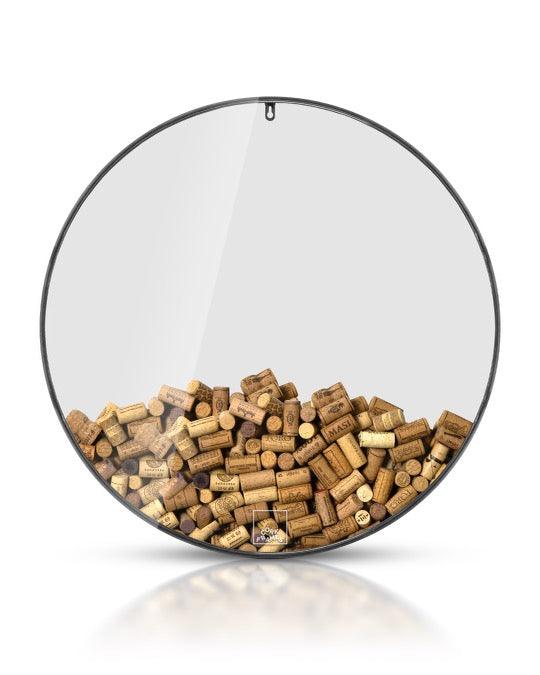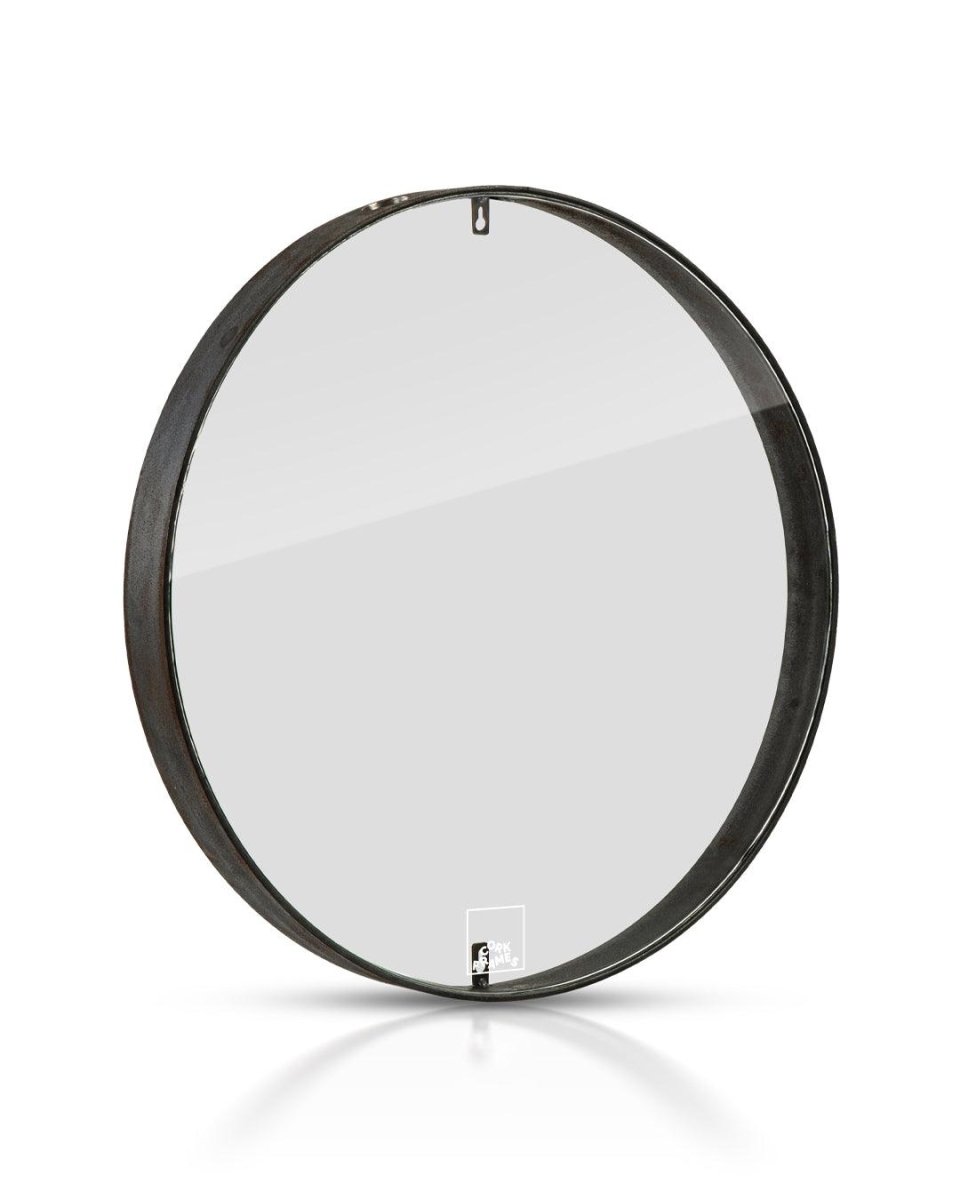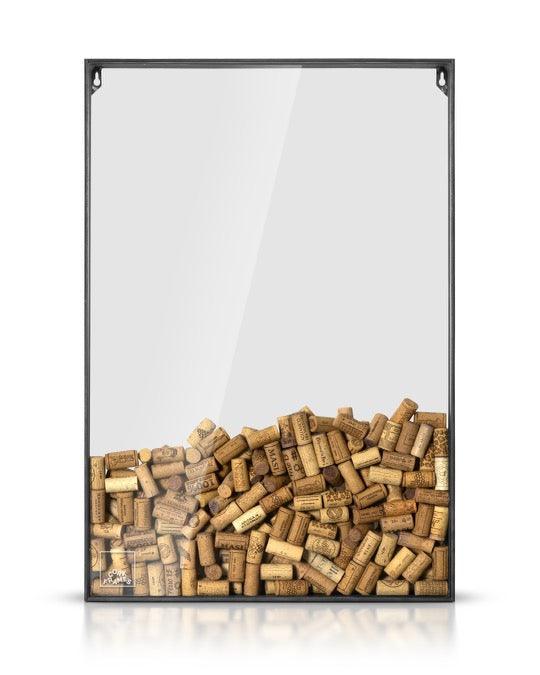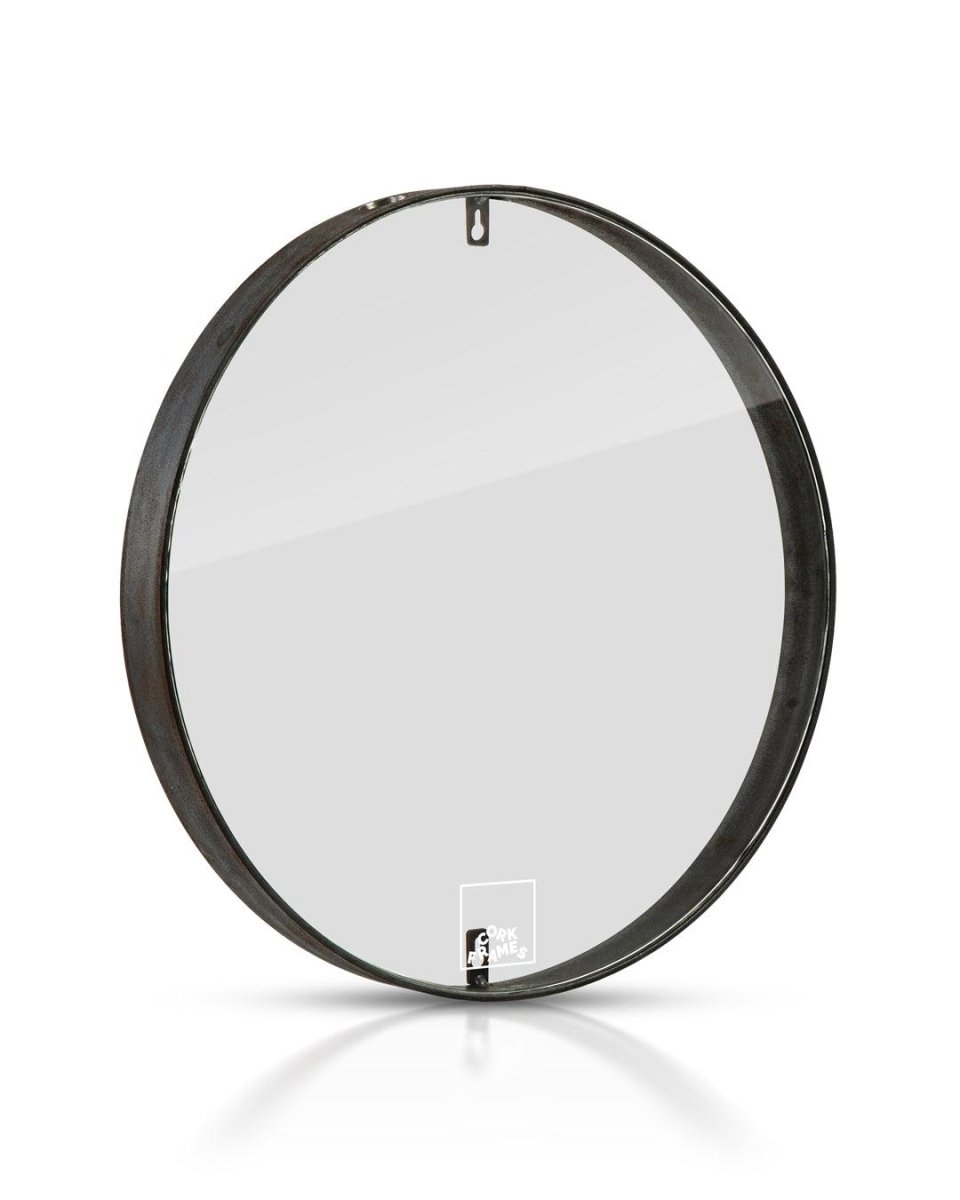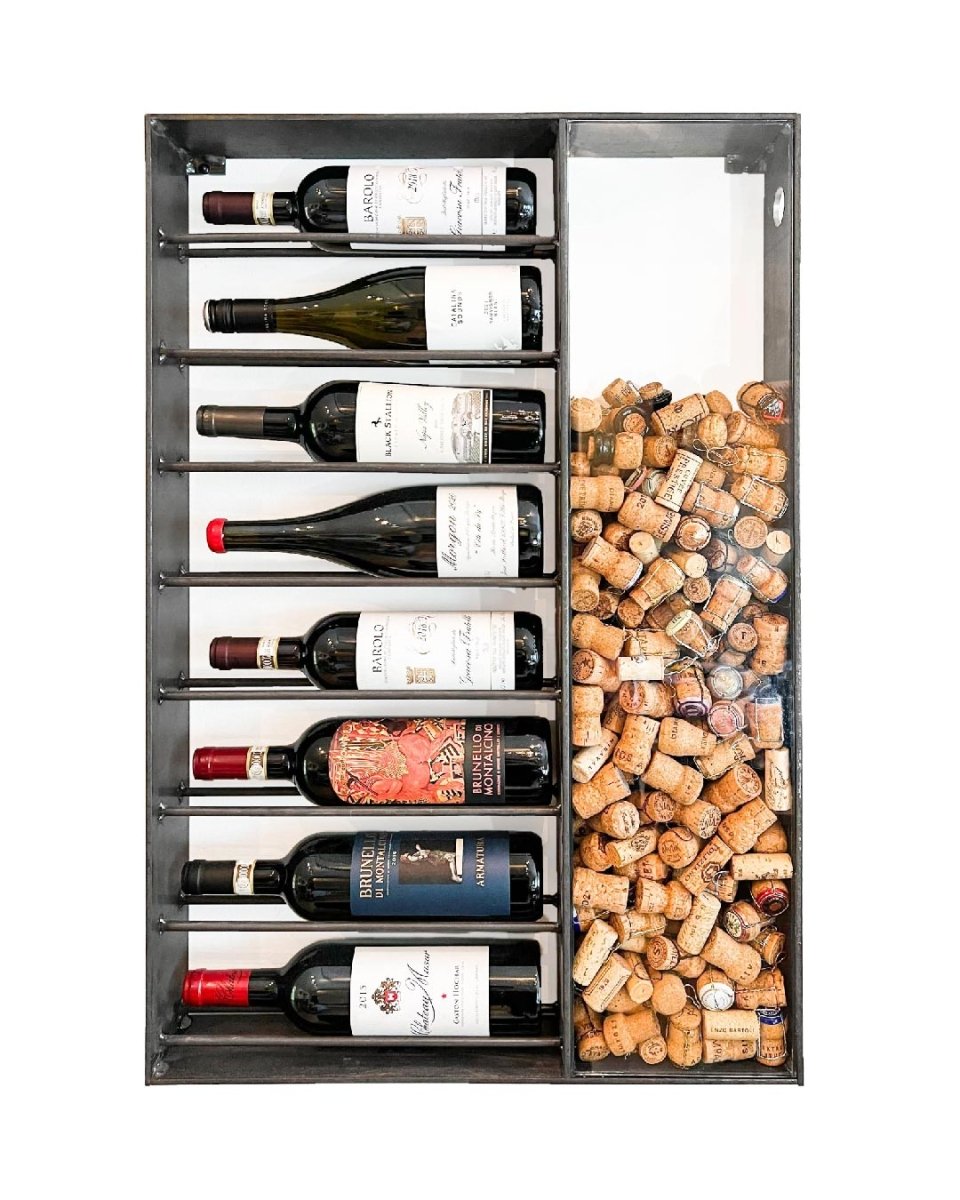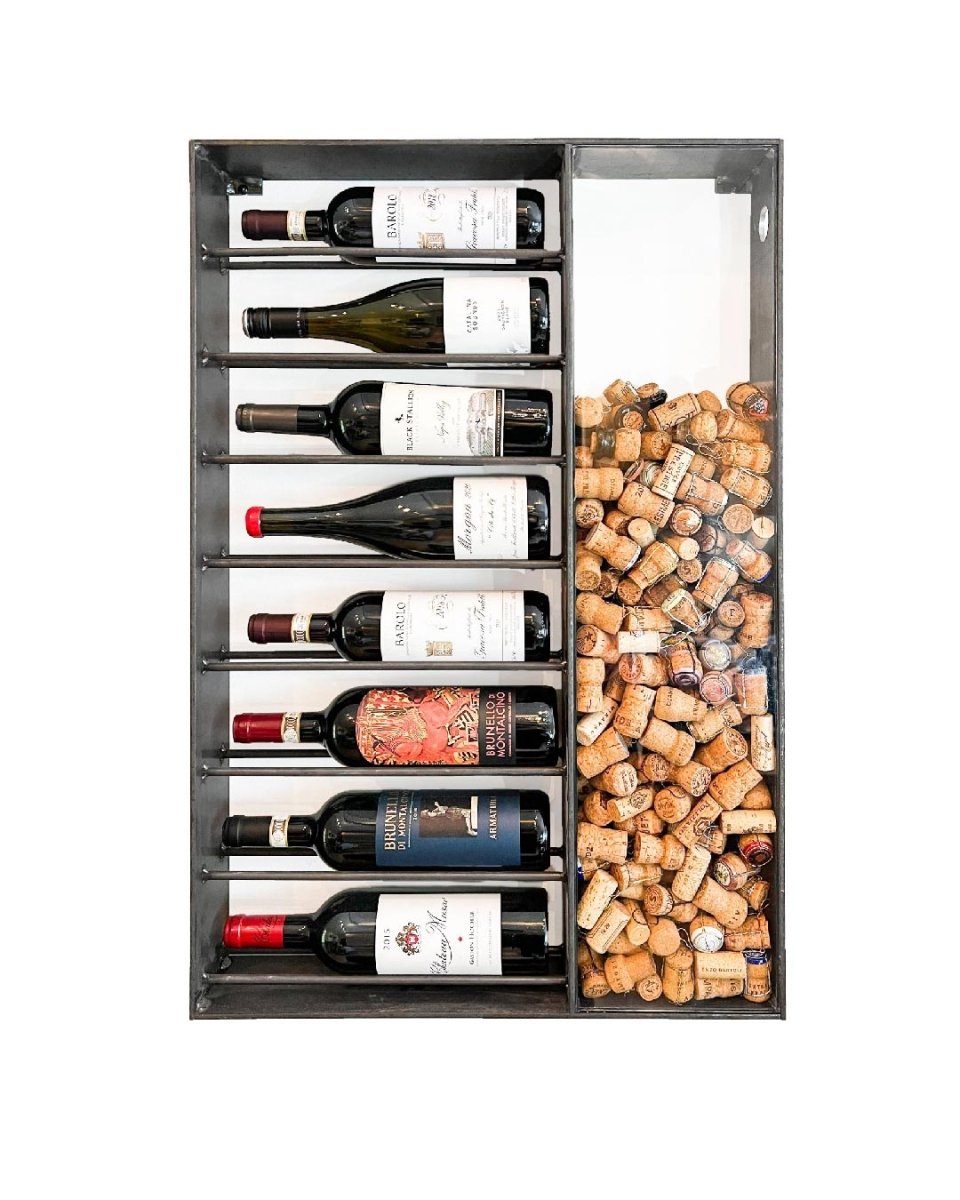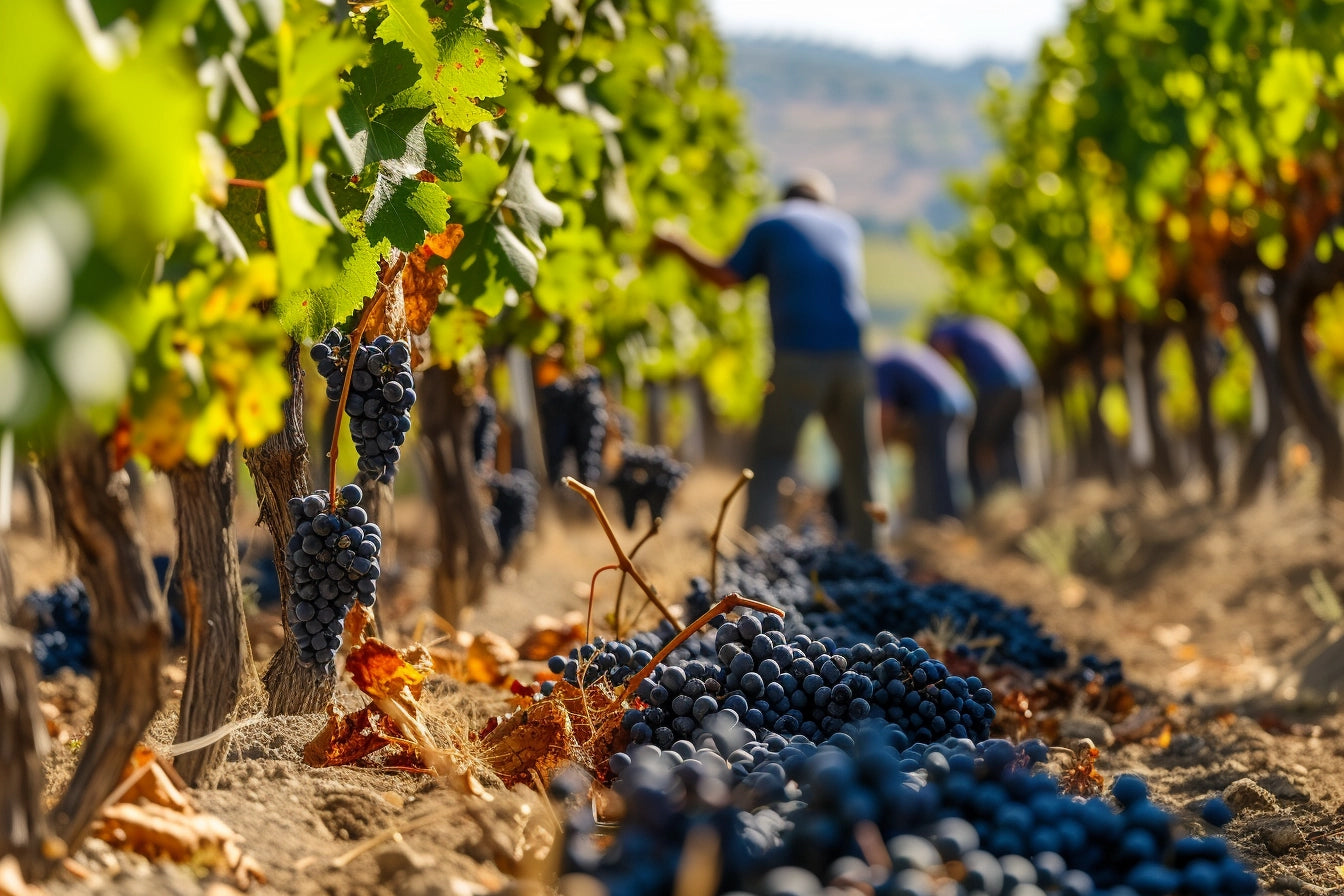Prosecco, the sparkling Italian wine that has captivated the hearts of many wine enthusiasts across the globe, is more than just a beverage. It is a symbol of celebration, a toast to the good times, and a staple at parties and gatherings.
This effervescent wine has a fascinating history that stretches back centuries. To truly appreciate Prosecco, we must embark on a journey through time, exploring its origins and how it became the world-renowned wine we know and love today.
The Origins of Prosecco
Prosecco's history can be traced back to the northeastern region of Italy, specifically the Veneto and Friuli Venezia Giulia regions. The earliest documented mention of the grape variety used to make Prosecco, Glera, can be found in the writings of Pliny the Elder, a Roman author and naturalist who lived in the first century AD. In his work, "Naturalis Historia," Pliny mentioned the "Pucino" wine, which is believed to be the ancestor of modern-day Prosecco.
The name "Prosecco" itself is derived from the village of Prosecco near Trieste, where the grape and the wine are thought to have originated. Over the centuries, the cultivation of the Glera grape spread throughout the region, and the wine's popularity continued to grow.
The Evolution of Prosecco
The transformation of Prosecco into the sparkling wine we recognize today can be credited to the efforts of Antonio Carpene, a scientist and founder of the Carpene Malvolti winery. In the late 19th century, Carpene experimented with the secondary fermentation process, inspired by the méthode champenoise used to produce Champagne in France. He applied this technique to Prosecco, and the modern version of this bubbly delight was born.
However, unlike Champagne, which undergoes secondary fermentation in individual bottles, Prosecco is typically fermented using the Charmat-Martinotti method. This process takes place in large stainless steel tanks, which allows for better control over the fermentation and preserves the wine's fruity and floral characteristics.
The Rise of Prosecco's Popularity
Prosecco gained global recognition and increased in popularity during the late 20th and early 21st centuries. Its accessibility and affordability, in comparison to its French counterpart, Champagne, contributed to its widespread appeal. The light, fruity, and easy-to-drink nature of Prosecco made it a favorite choice for aperitifs, celebrations, and casual gatherings.
In response to the growing demand and to protect the quality and authenticity of Prosecco, the Italian government established the Prosecco DOC (Denominazione di Origine Controllata) in 2009, which defined the production area and strict regulations for the wine. Two years later, in 2011, the prestigious Conegliano Valdobbiadene Prosecco Superiore DOCG (Denominazione di Origine Controllata e Garantita) was introduced, signifying the highest quality of Prosecco produced in a specific, limited region.
Prosecco Today
Today, Prosecco stands tall as one of the most popular sparkling wines in the world. With its light, refreshing taste and reasonable price tag, it continues to charm wine enthusiasts and novices alike. Available in different styles – from the fruity and delicate Prosecco DOC to the more complex and elegant Prosecco Superiore DOCG – there is a Prosecco to suit every palate and occasion.
As we raise a glass to Prosecco, we celebrate not just the wine itself but also the rich history and cultural heritage that have contributed to its success. The journey of Pro
secco from its humble beginnings in a small Italian village to the global stage is a testament to the dedication, passion, and innovation of the winemakers who have nurtured this sparkling gem.
Prosecco and Food Pairings
One of the most enjoyable aspects of Prosecco is its versatility when it comes to food pairings. The wine's fruity and floral notes, combined with its refreshing acidity, make it a perfect companion for a wide range of dishes. Traditionally, Prosecco is enjoyed with antipasti, seafood, and light pasta dishes. However, its adaptability allows it to complement more diverse cuisines, such as Asian and Latin American flavors.
Prosecco's future
As the world of wine continues to evolve, so too does the future of Prosecco. Winemakers are constantly experimenting with new techniques and innovations to elevate the quality and taste profile of this beloved sparkling wine. Some producers are exploring organic and biodynamic farming methods, while others are dabbling in longer aging processes to create more complex and sophisticated expressions of Prosecco.
The popularity of Prosecco shows no signs of slowing down, with sales continuing to grow year after year. As more consumers discover the joys of this effervescent delight, Prosecco's position as a sparkling wine of choice is firmly established. So, whether you're toasting a special occasion or simply enjoying a glass with friends, remember the captivating journey of Prosecco and savor the fruits of centuries of winemaking tradition.







